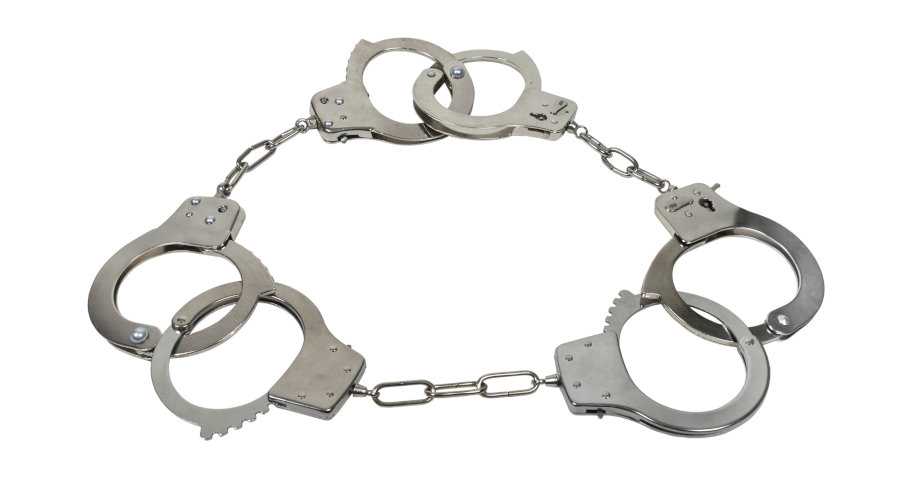
California’s Three Strikes Sentencing Law
California laws can have harsh penalties for an individuals charged with previous Strike offenses. Offenses that can be Strikes under the California Three Strikes Law have harsher penalties and a potential of significantly more jail time than “non-strike offenses.”
The essence of the Three Strikes law was to require a defendant convicted of any new felony, having suffered one prior conviction of a serious felony to be sentenced to state prison for twice the term otherwise provided for the crime.
An experienced skilled defense attorney can challenge your criminal charges to avoid conviction or negotiate a plea to lessen jail time.
What are Strike Offenses?
Strike offenses are violent or serious offenses. The “Three Strike Law” in California can mean a third offense, even a misdemeanor, can send you to prison for a minimum of 25 years. If you have two “strikes” against you, it is possible to spend the rest of your life in prison if convicted of a third offense, even if it is simply petty theft. This law can be broken down as follows:
If you have previously been convicted for committing 2 serious felonies (strikes); and if you are convicted for committing a third offense (felony); you may be sentenced to serve a minimum of 25 years to life in prison.
A strike may include those convictions committed prior to enactment of the “Three Strike Law,” any conviction from other states, all federal convictions and even convictions committed as a juvenile.
Three Strike Crimes
Violent Felonies
- Murder or manslaughter.
- Mayhem.
- Rape by force, violence, duress, menace or fear of immediate bodily injury on the victim or another person.
- Oral copulation by force, violence, duress, menace or fear of immediate bodily injury on the victim or another person.
- Lewd act on a child.
- Any felony punishable by death or a life sentence.
- Any felony resulting in great bodily injury or in which a firearm was used.
- Robbery of an inhabited dwelling, vessel, or trailer coach in which a deadly or dangerous weapon was used.
- Arson that causes great bodily injury.
- Penetration by a foreign object.
- Attempted murder.
- Explosion with intent to commit murder.
- Out-of-state kidnapping transported to California.
- Continuous sexual abuse of a child.
Serious Felonies
- Murder or involuntary manslaughter.
- Mayhem.
- Sodomy by force, violence, duress, menace or fear of immediate bodily injury on the victim or another person.
- Oral copulation by force, violence, duress, menace or fear of immediate bodily injury on the victim or another person.
- Lewd or lascivious act on a child under the age of 14 years.
- Any felony punishable by death or imprisonment for life.
- Any other felony in which the defendant personally inflicts great bodily injury on any person or personally uses a firearm.
- Attempted murder.
- Assault with intent to commit rape or robbery.
- Assault with a deadly weapon or instrument on a peace officer.
- Assault by a life prisoner on a non-inmate.
- Assault with a deadly weapon by an inmate.
- Arson.
- Exploding a destructive device or any explosive with intent to injure.
- Exploding a destructive device or any explosive causing great bodily injury or mayhem.
- Exploding a destructive device or any explosive with intent to murder.
- Burglary of an inhabited dwelling, house or trailer coach as defined by the Vehicle Code or inhabited portion of any other building.
- Robbery or bank robbery.
- Kidnapping.
- Holding of a hostage by a person confined in a state prison.
- Attempt to commit a felony punishable by death or life imprisonment.
- Any felony in which the defendant personally used a dangerous or deadly weapon selling, furnishing, administering, giving or offering to sell, furnish administer or give to a minor, heroin, cocaine, phencyclidine (PCP), a methamphetamine-related drug, or a precursor of methamphetamine.
- Any violation of subdivision (a) of Section 289 where the act is accomplished against the victim’s will by force, violence, duress, menace, or fear of immediate and unlawful bodily injury on the victim or another person.
- Grand theft involving a firearm.
- Any attempt to commit a crime listed in this subdivision other than an assault.
- Continuous sexual abuse of a child.
